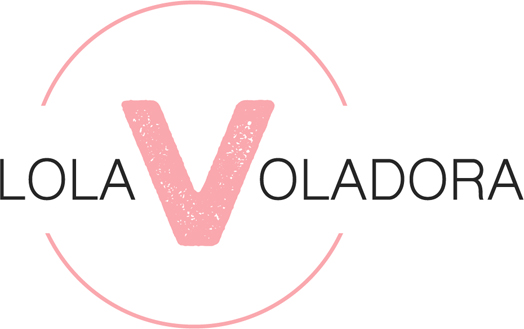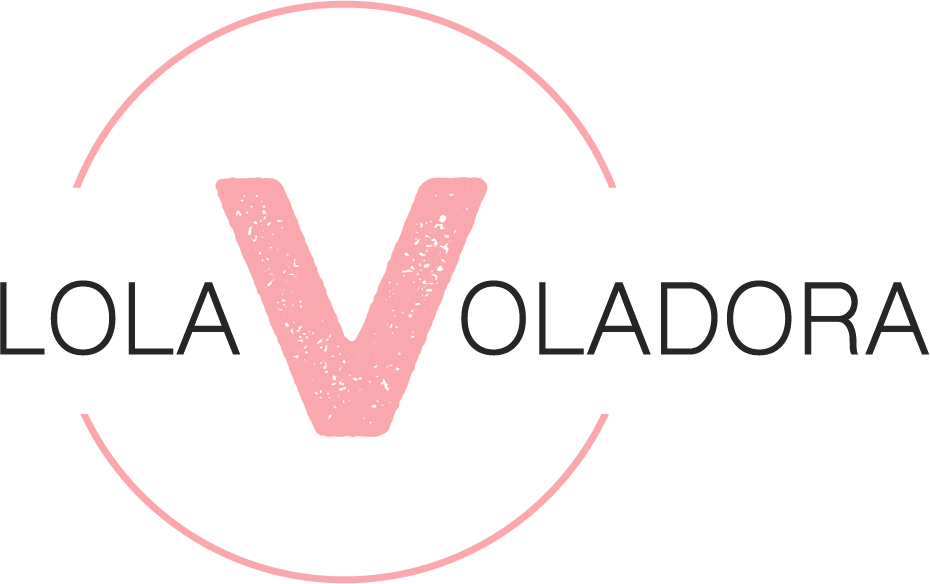17 Ene Everything You Need To Know About Corgi Training All about Corgi
Content material
Now that those first two potentially-difficult weeks of adjusting to life with a new puppy are over, we can move on training dachshund to some other puppy training stages. Today, we’ll be walking you through the basics of positive reinforcement training with your puppy. I don’t recommend so-called «purely positive» methods that allow misbehaving pups to continue misbehaving, instead of teaching them which behaviors are and are not allowed. «Purely positive» is fine for teaching tricks and competition exercises…. But NOT for teaching the solid good behaviors that all family dogs need to know, and NOT for stopping behavior problems such as barking, jumping, chewing, nipping, chasing, etc. Teaching your puppy to love their crate is one of the most important early lessons they’ll learn in their new home.
- Asserting your position as the head of the pack at an early age could do this.
- Today, we are going to discuss some of the best techniques to train a corgi puppy.
- It’s important that the crate is the right size—just large enough for the dog to lie down, stand up, and turn around.
Pembroke Welsh Corgis have a double coat and they tend to shed on a daily basis. Brushing out your Corgi daily removes dead hair and prevents some of the shedding from getting into your carpet. I like to feed Willo Open Farm Pet kibble and I add in things like blueberries, green beans, bone broth and supplements like probiotics from Fera Pet Organics.
Puppy Schooling Milestones by simply Age
Here at Furever Friends Pups we take pride in raising happy, healthy pups! We are licensed with the state of Missouri and the… I’m Dianna Bandemer, a Michigan Yorkshire Terrier Puppy Breeder specializing in Traditional Yorkies which are exquisite, petite in size, and display exceptional Babydoll…
Featured Article content
We love all of our babies equally and want to make sure that each and every one of our babies are placed into loving… Home training may allow you and your dog to focus more on each other. Group class training helps your dog learn to focus, even when there are distractions from other dogs. There are benefits to home training and group class training. Some trainers will come to your home and provide private one-on-one training.
If you implement these tips correctly and do the appropriate exercises with your dog, nothing will stand in the way of perfect dog training. More important is that the trainer is qualified and uses a method that works for you and your dog. Good dog training is an investment in the future and can give you and your dog many years of enjoyment.
To do this, take your dog back to Housetraining 101. Recognize that a dog’s housetraining may not transfer to new environments. I have had many clients whose dogs’ housetraining fell apart when visiting the home of a friend, after a move, or even in a public place (how embarrassing!). Also in the interest of adaptability to new environments, dogs should be exposed to different surfaces as part of housetraining. Dogs can develop “substrate preference,” the willingness to potty only on specific surfaces, such as grass or concrete. If you expect your dog to potty on- and off-leash, your potty outings with your dog should sometimes be on-leash and sometimes off-leash.
Teaching them these words and the expected actions when you vocalize them will lay the groundwork for strong communication between you and your best friend. A group course at a dog school can cost around 100 to 200 Euros for a course lasting several weeks. Individual lessons with a professional dog trainer can cost between 50 and 100 Euros per hour, sometimes more, depending on the trainer and the specific training. Also, even without distractions dogs will eventually lose their focus and become more difficult to train.



No Comments